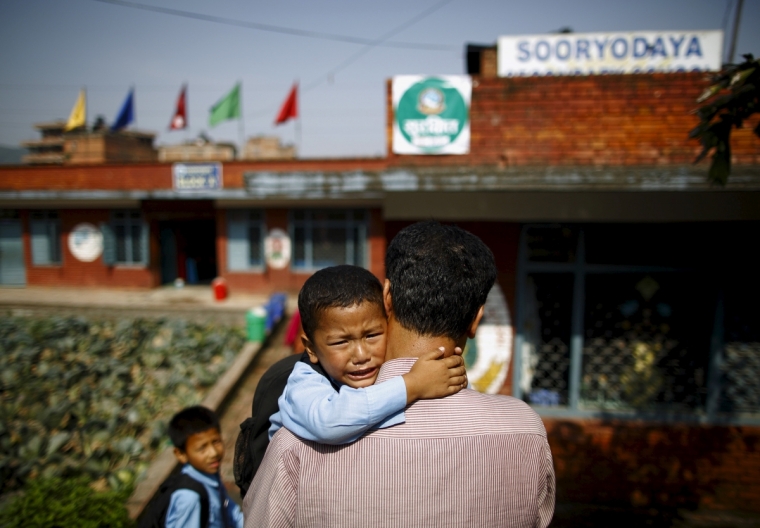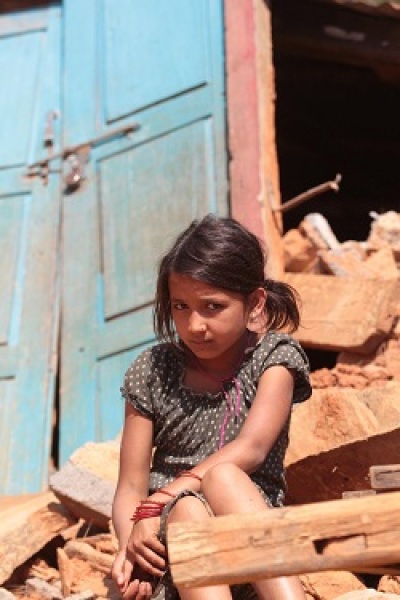As some Nepal schools re-open, nearly a million children still out of class

KATHMANDU, Nepal (Christian Examiner) -- Although about 14,000 Napali students returned to schools amidst rubble and rebuilt efforts -- there are still about a million out of class roughly five weeks following natural disasters that killed more than 8,000 people and injured 22,221 others in Nepal early this spring.
A major earthquake in April and a subsequent quake in May destroyed more than 32,000 classrooms across the country, leaving many classes to gather under tarpaulin tents and in makeshift structures using donated learning materials, according to a release from the United Nations Children's Fund, UNICEF.
"Education cannot wait– especially in the immediate aftermath of natural disasters like the Nepal earthquakes," Tomoo Hozumi a UNICEF Nepal Representative said in the written statement.
With high drop out rates already an area of concern for the impoverished country's Education Ministry, measures to open schools was a priority, Hozumi said.
"Evidence shows that children who are out of school for prolonged periods of time after a disaster are increasingly less likely to ever return to the classroom," he explained.
Yet even with some school's in the most devastated districts reopening, UNICEF estimated 985,000 children still could not return to classes Sunday.

"While reconstruction of thousands of schools will no doubt be a priority in the recovery phase, if we are not able to provide at least a temporary solution immediately, we run the risk of losing many children who otherwise could benefit from our efforts to build back better the education system."
Evan as students return for educational purposes, concerns for their emotional wellbeing exist as well.
UNICEF reported that a portion of the $24.1 million needed to establish the temporary learning centers will be designated for training more than 19,000 teachers and volunteers on psychosocial support for students.
Additionally several sources reported schools intended to spend the first days back setting students at ease.
The principal of a secondary school in the village of Khokana, told The Guardian having fun was a main objective of their first few days.
"We will resume our school in this bamboo made hut so do not worry about the earthquake," Principal Saroj Bhakta Acharya told students. "We will spend a week, playing and talking about good things."
Last month many churches began meeting again for services in the disaster-stricken area.
Though Christians represent a very small percentage of Nepal's faith community, they were among the hardest hit by the natural disaster, Simon Pandey, chairman of the National Christian Fellowship of Nepal, told Christianity Today last month.
Pandey reported that "entire Christian families (were) wiped out in Kathmandu and outside."
Estimates by the United Nations report more than 8 million people continue to need humanitarian assistance in the quake-stricken country.
RELATED ARTICLE:
Death toll rises in Nepal, Southern Baptist & other Christian disaster relief teams respond